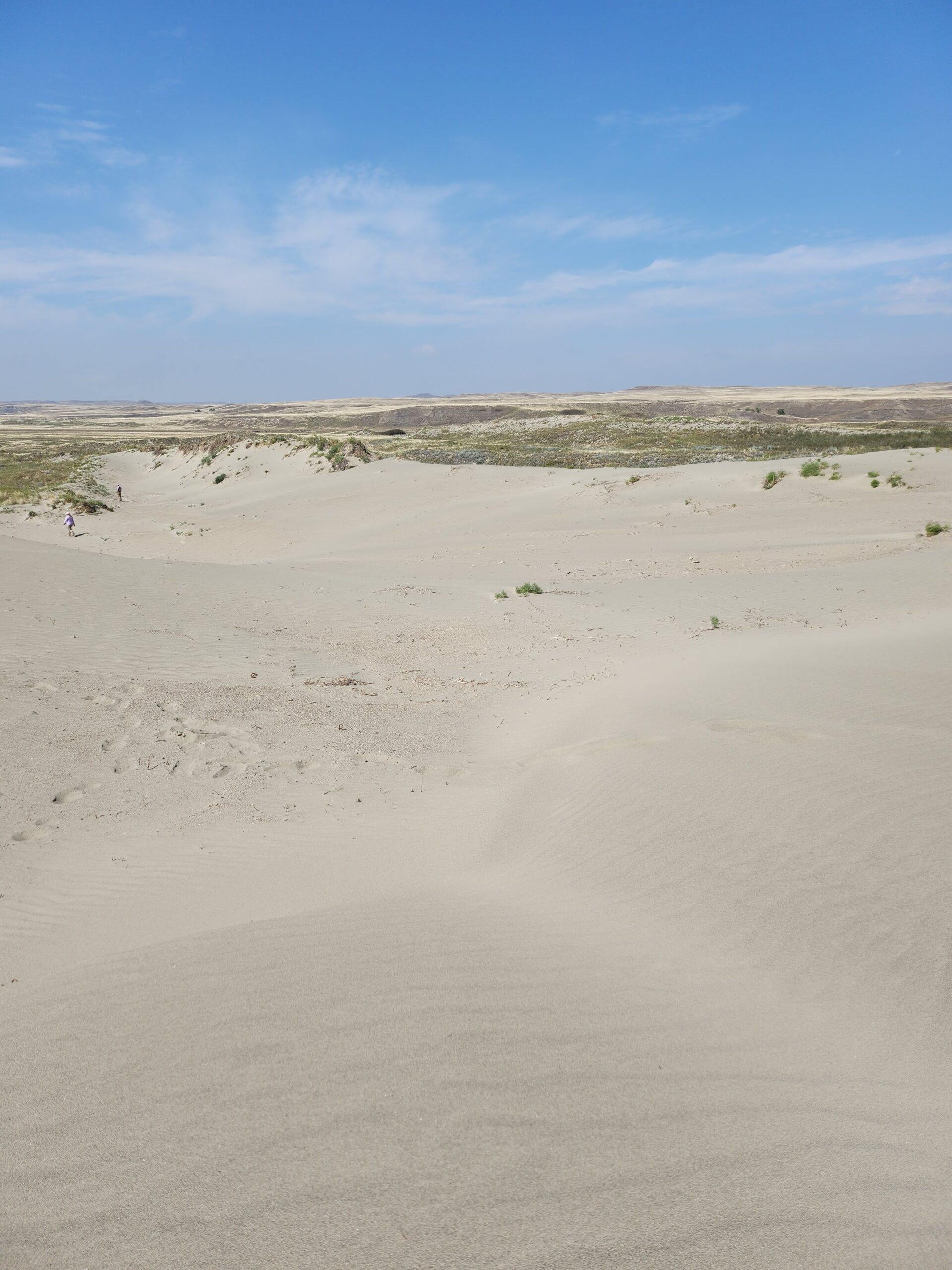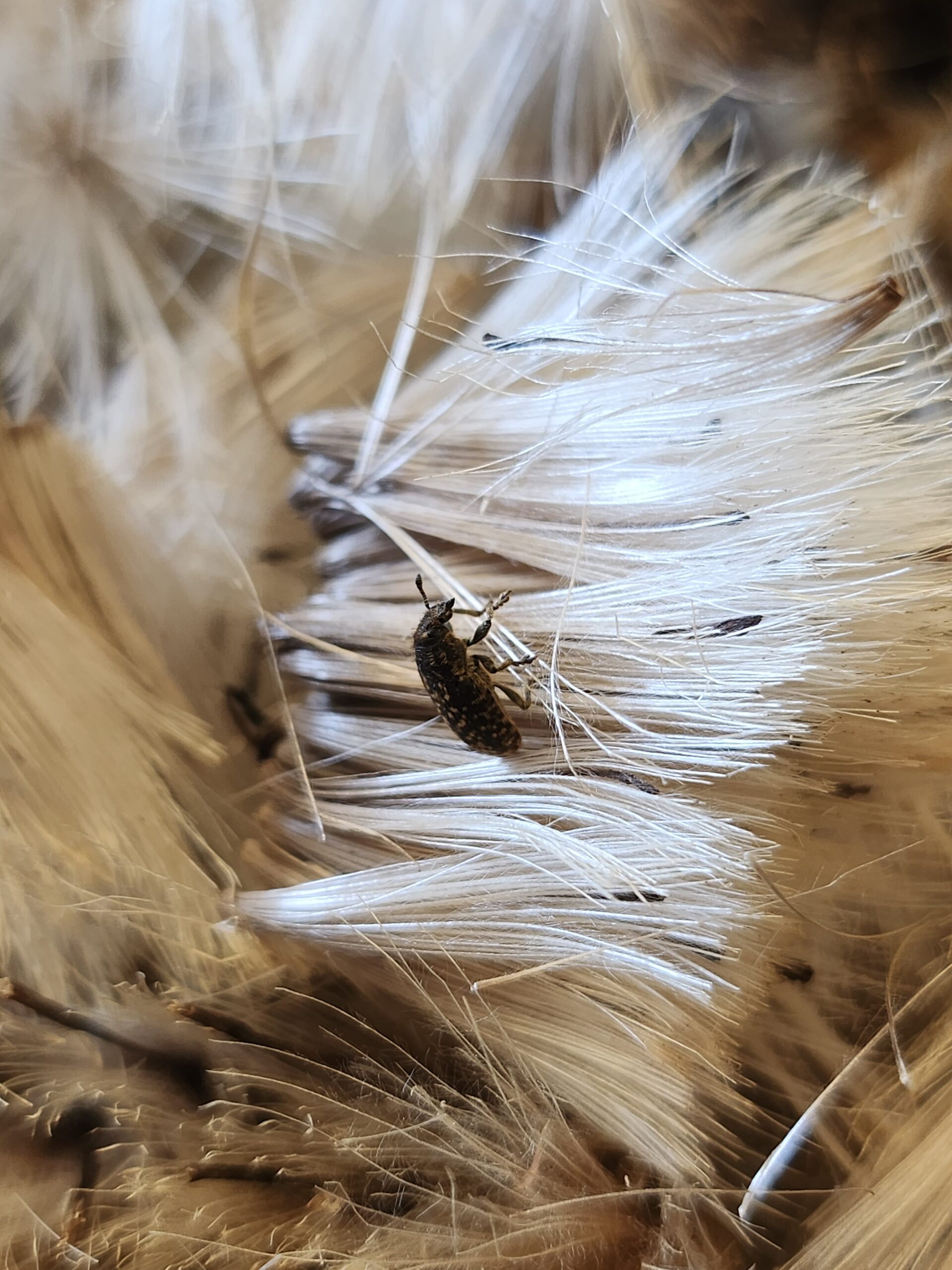Second full month on the grassland is officially over! I’m sooooo ready for fall, it’s been a dry August and everything is starting to turn brown. Earlier this month we had the opportunity of going out into the field with the Medora district’s botanist Jack Dahl to learn about ecological sites and to do a vegetation survey within a population of Ponderosa pines (Pinus ponderosa). Commonly used in rangeland management, ecological regions are mainly defined and categorized by an area’s soil type and plant species composition, which then indicates the “ecological potential” (i.e. what the best management or restoration practices would be) of that site. Years ago they had done a vegetation survey at this site, so one our visit we went through the previous plant species list to confirm old observations and notate any new species.

Wavyleaf thistle (circium undulatum) has been our main target species for seed collections this month, but that’s winding down now. In terms of native seed work, most of our time is spent cleaning thistle seed while we wait for our next target species (Ratibida columnifera and Echinacea angustifolia) to begin seeding.
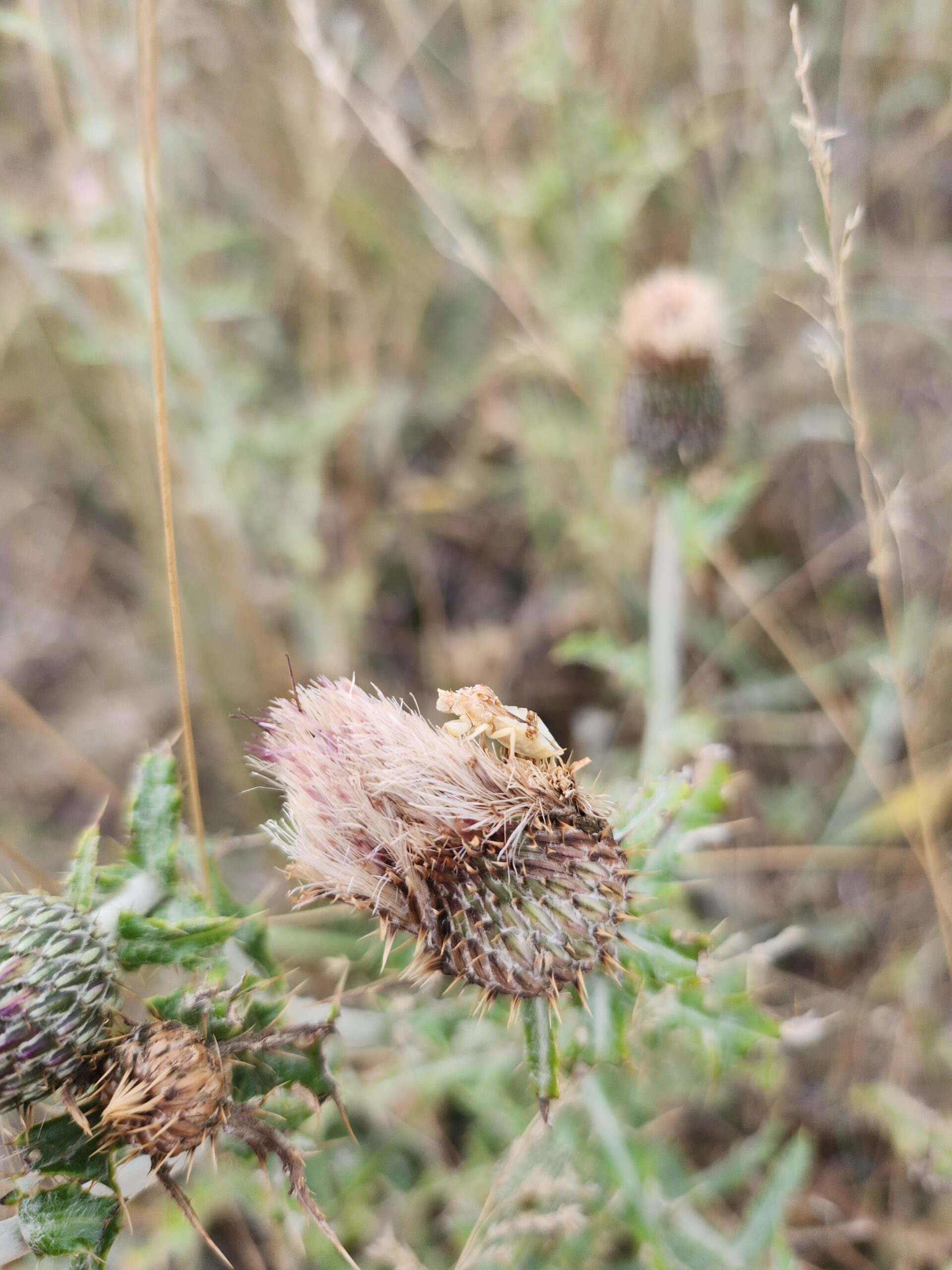

Later in the month we went out with Jack again to get going with sensitive plant species surveys on the Grand, starting with Visher’s / Dakota buckwheat (Eriogonum visheri). Dakota buckwheat is a small annual in the Polygonaceae family, and most easily identified by relatively large, rounded red leaves at the base and small yellow-white flowers. They grow in bare, eroded soils of badland-type habitat, and are most threatened by grazing (mostly cattle stepping on them) and competition from other pioneer species.
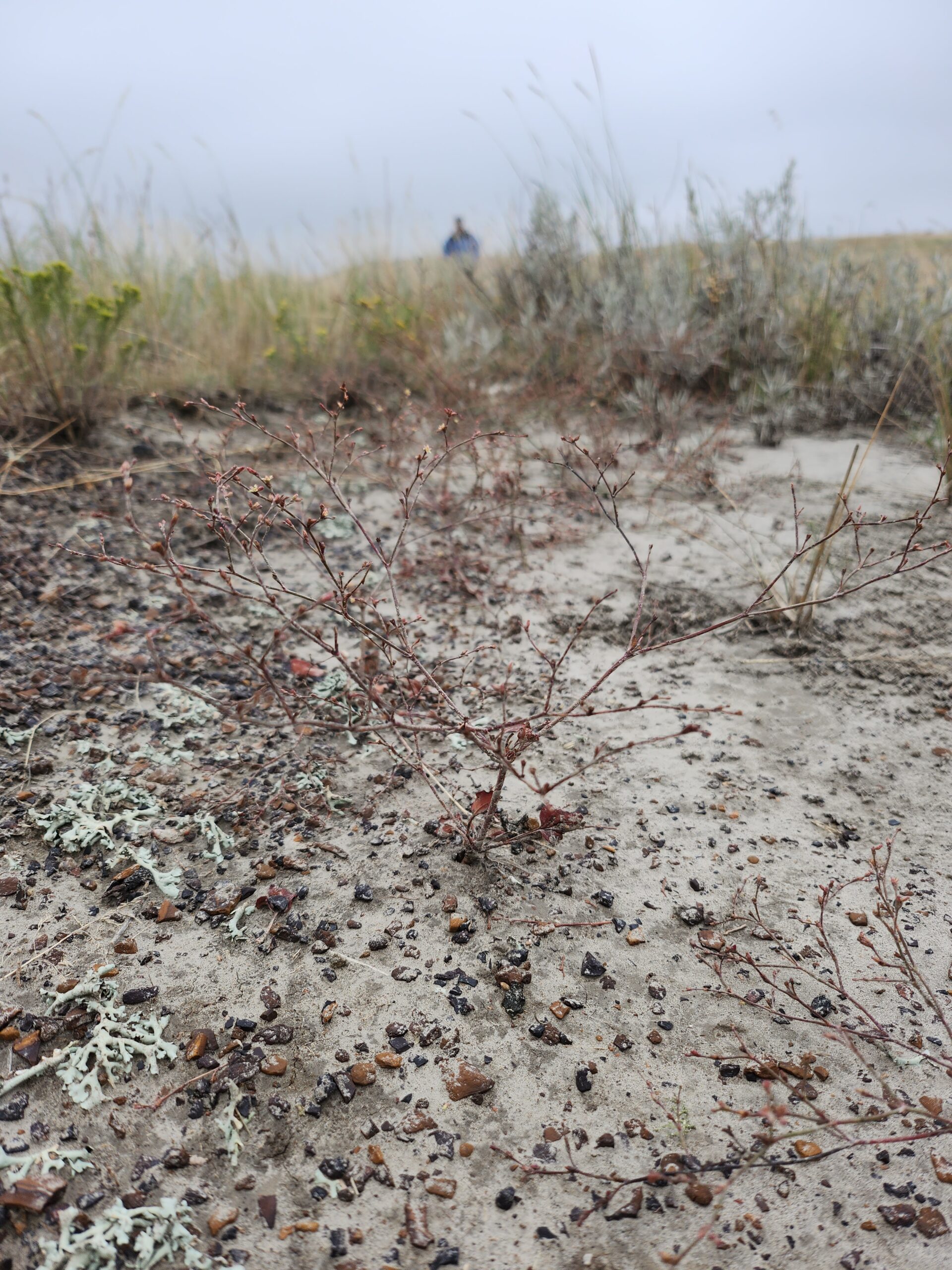
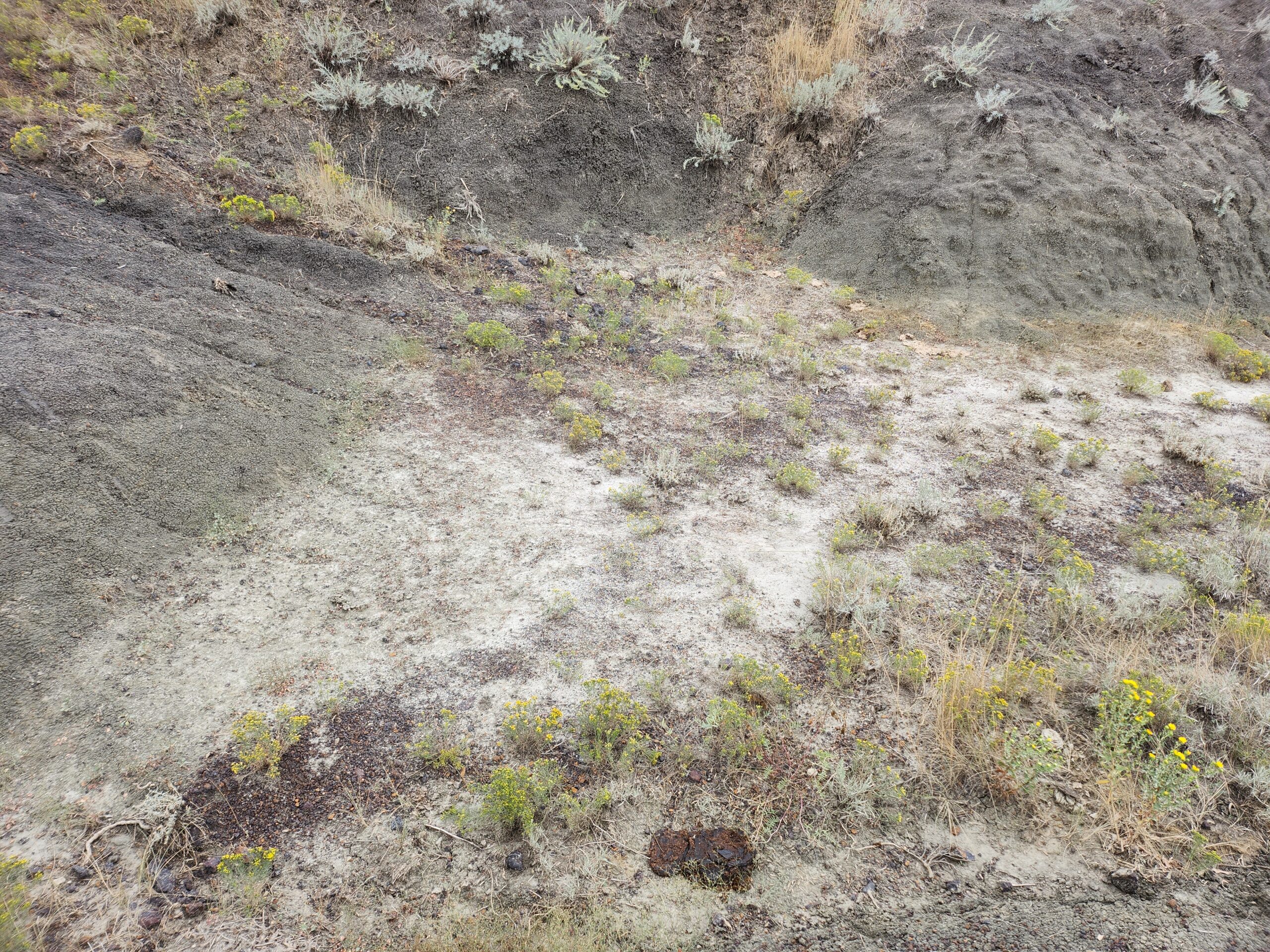
Another sensitive plant species we are to survey is Smooth goosefoot (Chenopodium subglabrum), another small annual but in the Amaranthaceae family and grows in sandy soil. We went to check on a site where they had been found about 20 years ago, and to my surprise the site was in an actual sand dune! Would have never guessed that this was here, and I have yet to learn the specifics on how this has formed, but there sure are sand dunes on the grassland. Unfortunately we could not find the plant in this spot, but hopefully it’ll be present in our future survey sites.
